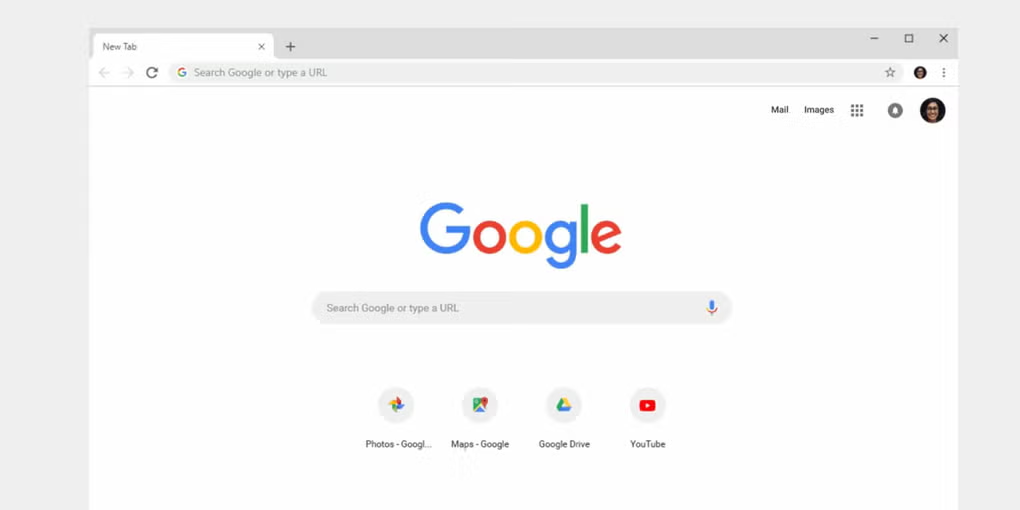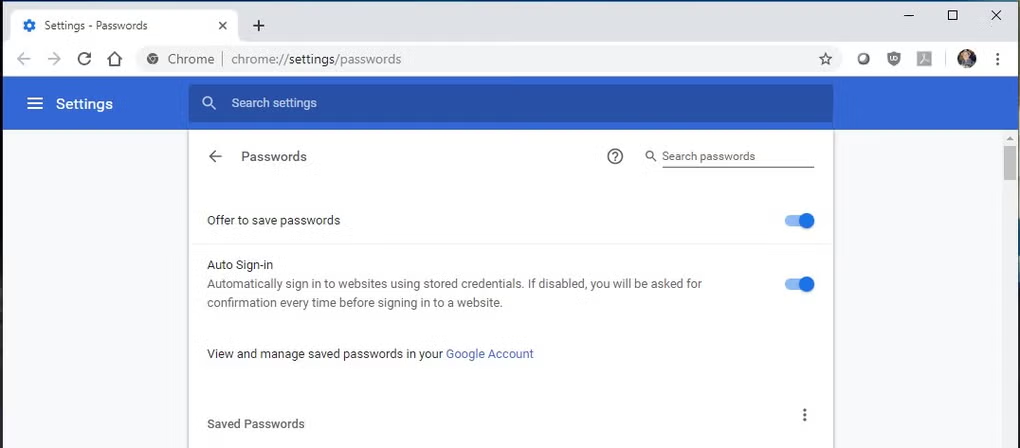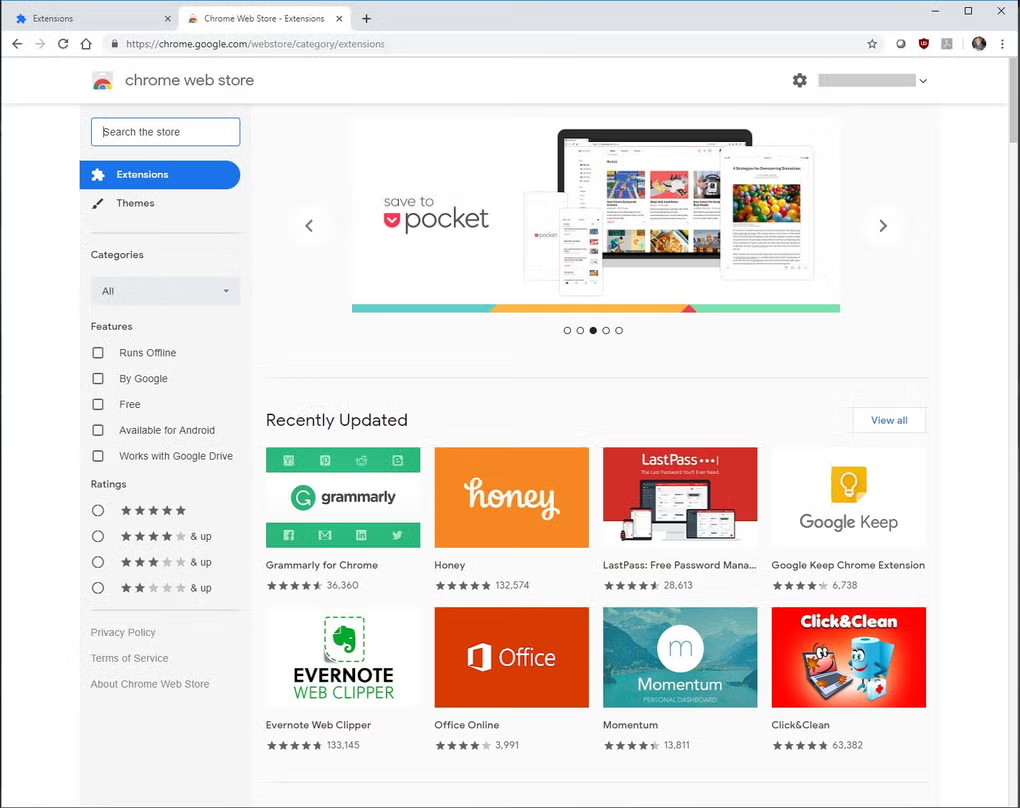1. Introduction: Why Google Chrome Matters
Google Chrome is a free, easy-to-use web browser first introduced in 2008. Over time, it has evolved into one of the most widely used browsers worldwide. Known for its minimal design and efficient technology, Chrome ensures quick page loads, reliable security features, and an intuitive interface. If you rely on the web to work, learn, play, or communicate, the Chrome browser offers consistent performance and advanced functionalities.
1.1. Built for the Modern Web
Unlike many older browsers that might struggle with HTML5, JavaScript, or modern APIs, Google Chrome keeps up with today’s dynamic web, delivering smooth performance even on complex sites. You’ll notice less lag when streaming 4K videos, playing browser-based games, or using interactive applications like Google Docs or Sheets.
1.2. Developed by Google
As a Google product, Chrome seamlessly integrates with other Google services—such as Gmail, Docs, and Drive. You can sign in once to unify your browsing history, bookmarks, and passwords across multiple devices. This synergy of tools can simplify daily tasks, whether you’re in the office, at home, or on the go.
2. Core Features of Google Chrome
2.1. Speed and Efficiency
If you ask any Chrome user what they like about the browser, speed is likely at the top of the list. Chrome’s multi-process architecture allows the browser to:
- Load Pages Faster: Each tab operates independently, so if one website causes a crash or slowdown, the rest remain unaffected.
- Manage Resources Efficiently: Chrome distributes memory usage and CPU loads across open tabs, improving overall performance.
2.2. Security and Automatic Updates
Chrome focuses heavily on security. This includes:
- Built-in Phishing Protection: The browser warns users about potentially harmful sites and downloads.
- Sandboxing: Each tab runs in isolation, preventing malicious code from affecting other parts of your system.
- Automatic Updates: Chrome updates itself in the background, ensuring you always have the latest security patches.
2.3. Customization and Extensions
One major advantage of Google Chrome is the wide range of extensions available from the Chrome Web Store:
- Extensions: Enhance productivity with tools like ad blockers, grammar checkers, note-taking add-ons, and more.
- Themes: Personalize your interface with themes that reflect your style, from minimalistic to playful.
The 17 best productivity extensions for Chrome in 2025
2.4. Cross-Platform Sync
Signing into Chrome with your Google Account ensures that your bookmarks, history, passwords, and settings travel with you:
- Seamless Transition: Open multiple tabs on a Windows laptop, then instantly access them later on an Android phone.
- Secure Storage: Your data is encrypted and stored safely, letting you retrieve it on any device.
3. Key Highlights of Google Chrome
3.1. Tab Management
Tab management can be a lifesaver when juggling multiple websites:
- Tab Grouping: Keep related tabs in color-coded groups for clarity.
- Previews: Hover over a tab to see a preview, especially helpful when many tabs are open.
3.2. Incognito Mode
For private browsing, use Incognito Mode to avoid saving:
- Browsing History: Pages visited won’t appear in your local history logs.
- Cookies: No persistent cookies remain after the session ends.
(Note: This doesn’t make you invisible on the internet; your internet service provider may still see your activity.)
3.3. Voice Search and Accessibility
- Voice Search: Activate voice commands to search the web quickly without typing.
- Accessibility Features: Chrome’s advanced accessibility options (zoom, screen readers, keyboard shortcuts) help make the web more inclusive.
3.4. Developer Tools
DevTools built into Chrome are invaluable for web developers, allowing them to:
- Debug JavaScript: Inspect code, set breakpoints, and identify performance bottlenecks.
- Edit CSS: Preview design changes in real-time.
4. Why Choose Google Chrome Over Other Browsers
While other browsers like Mozilla Firefox, Microsoft Edge, and Apple’s Safari each have unique advantages, Google Chrome maintains a strong reputation for:
- Speed: Competitive page-loading times and resource handling.
- Ecosystem Integration: Sync across devices, integration with Gmail, Google Drive, and more.
- Frequent Updates: New features and security patches rolling out automatically, keeping you safe and up to date.
In many user polls and tech reviews, Chrome remains a frontrunner in performance, user-friendly design, and the breadth of extensions that elevate productivity.
5. How to Install and Get Started with Google Chrome
5.1. Installation Steps
- Visit the Official Google Chrome Page: Go to google.com/chrome to download the browser.
- Run the Installer: Once the file is downloaded, open it and follow the on-screen prompts.
- Launch Chrome: The browser should open automatically, ready for you to sign in or explore.
5.2. Quick Setup
- Sign In: Use your Google Account to import bookmarks, extensions, and history.
- Set as Default Browser: If desired, set Chrome as your default, so all web links open here.
6. Updating Chrome for New Features and Security
Google Chrome automatically updates in the background, ensuring you receive the latest performance optimizations and security patches:
- Check for Updates Manually: Go to the three-dot menu > Help > About Google Chrome. Chrome will automatically check for updates and prompt a relaunch if needed.
- Stay Secure: Frequent updates ensure you have the latest phish detection and sandbox improvements.
7. Additional Tools and Integrations
7.1. Offline Capabilities
Chrome supports offline functionality for certain Google apps like Gmail and Google Docs, enabling you to read and compose emails or edit documents even without an internet connection.
7.2. Casting and Smart Devices
Google Chrome integrates with Chromecast, allowing you to:
- Cast Your Screen: Mirror entire tabs or specific screens to a Chromecast or smart TV.
- Multitask: Continue browsing other tabs while streaming a video or presentation to another screen.
7.3. Payment and Translation
- Google Pay: When signed in, you can easily use stored credit card info for online payments, simplifying checkout processes.
- Google Translate Integration: Built-in translation features let you auto-translate foreign web pages, bridging language barriers on the fly.
8. Addressing Common Concerns about Google Chrome
8.1. Memory Usage
Chrome, known for speed, can consume more memory than some alternatives:
- Tab Management: Limiting open tabs or using the built-in tab discarding feature can reduce RAM usage.
- Extension Moderation: Remove or disable unnecessary extensions.
8.2. Privacy
While Chrome collects certain usage data for personalization, you can:
- Adjust Privacy Settings: Turn off certain sync options, limit data collection, or use Incognito Mode.
- Use Extensions: Privacy-oriented add-ons can add layers of tracking protection.
8.3. Battery Life on Laptops
Some users note that Google Chrome can be battery-intensive:
- Disable Unused Plugins: Deactivate Flash or other resource-heavy plugins.
- Optimize Settings: Adjust power settings to mitigate battery drain while browsing.
9. Frequently Asked Questions (FAQs)
(Implementing FAQ Schema for better SEO.)
Q1: Can I install Google Chrome on older Windows versions?
A1: Yes. Chrome supports Windows XP, Vista, 7, 8, 8.1, 10, and 11. However, older Windows versions may not receive all modern Chrome updates or features.
Q2: Is Google Chrome free?
A2: Absolutely. Google Chrome is free to download and use. There are no hidden costs or subscriptions.
Q3: Do I need a Google Account to use Chrome?
A3: No, you can use Chrome without signing in. However, signing in enables sync, personalization, and additional functionalities across devices.
Q4: How often does Google update Chrome?
A4: Google typically updates Chrome every few weeks, addressing security patches, adding new features, and improving performance.
Q5: Can I import bookmarks from another browser?
A5: Yes, Chrome offers an import feature that easily transfers bookmarks, history, and settings from Firefox, Safari, Edge, or other browsers.
10. Practical Tips to Enhance Your Chrome Experience
10.1. Use Keyboard Shortcuts
- Ctrl + T: Opens a new tab.
- Ctrl + Shift + N: Launches Incognito mode.
- Ctrl + Shift + B: Toggles the bookmarks bar.
10.2. Organize Extensions
Having too many extensions can hamper performance. Periodically review and remove plugins you no longer use to keep Chrome running smoothly.
10.3. Clean Your Browser
- Clear Browsing Data: Go to Settings > Privacy and Security to remove cached files, cookies, and history if performance slows.
- Reset Settings: If you suspect a problematic extension or misconfiguration, reset Chrome to default.
Conclusion: Why Google Chrome Remains a Top Browser Choice
Google Chrome consistently ranks as one of the best browsers for Windows users—and for good reason. It merges speed, security, easy customization, and cross-platform sync into a single, user-friendly application. Whether you’re exploring the web, streaming videos, or developing your own site, Chrome’s robust feature set keeps you productive and secure.
- Try It Out: If you haven’t already, download Google Chrome and explore its features.
- Share Your Experience: Comment below on how Chrome has improved your daily browsing.
- Stay Updated: Keep Chrome automatically updated for the latest security patches and cutting-edge web technologies.














